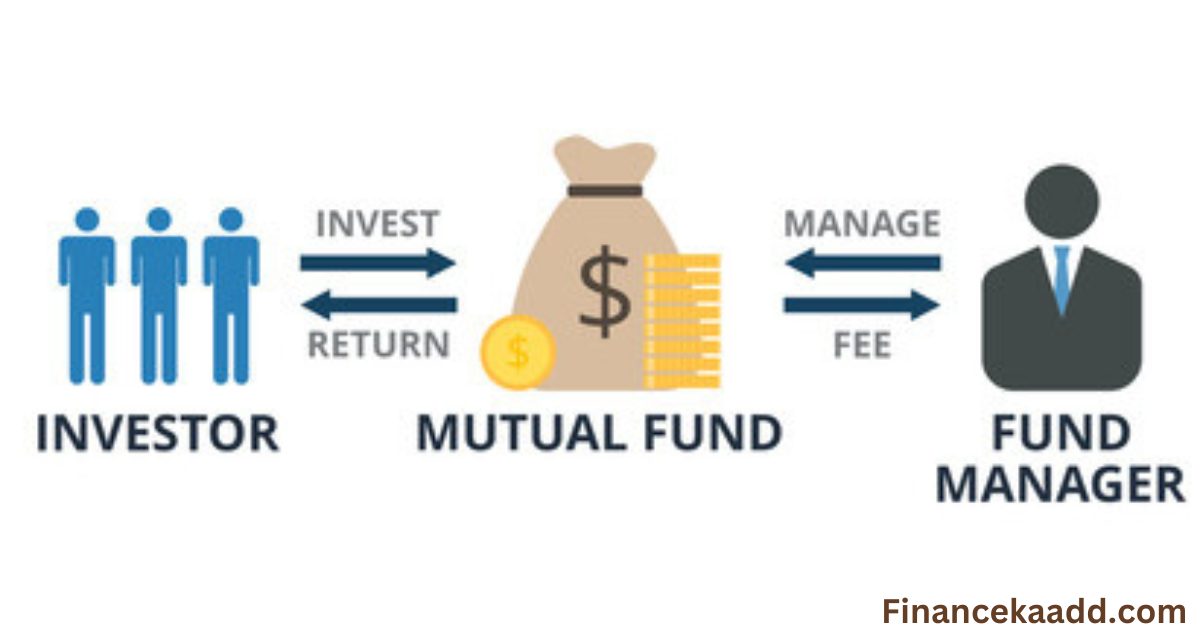Small-cap vs large-cap mutual funds investors are constantly faced with a myriad of trends, each presenting its own set of challenges and opportunities. One of the pivotal decisions that investors grapple with is the choice between small-cap and large-cap stocks. These two categories offer distinct potential for returns, making it crucial for investors to gain insights into their dynamics. Let’s embark on a journey to explore the current scenario, with a specific focus on small-cap stocks.
Small-cap vs large-cap mutual funds
Small-cap stocks, characterized by their relatively low market capitalization, have been captivating the attention of investors due to their potential for high growth. These companies, often in their early stages of development, possess the agility and innovation to capitalize on emerging opportunities. However, it’s essential to acknowledge that investing in small-cap stocks comes with its own set of risks, including volatility and liquidity concerns.
Analyzing the Potential Returns
Despite the inherent risks, small-cap stocks have historically outperformed their larger counterparts over the long term. The agility of these companies enables them to adapt swiftly to changing market conditions, potentially leading to substantial returns for investors. Additionally, the growth trajectory of small-cap stocks tends to be more pronounced, offering investors the opportunity to participate in their exponential growth phases.
BEST BOOK MUTUAL FUND SIP👉BUY NOW
Identifying Growth Catalysts
Several factors contribute to the growth potential of small-cap stocks in the Indian equity market. One such factor is the burgeoning entrepreneurial ecosystem, which fosters the emergence of innovative startups with disruptive business models. Moreover, government initiatives aimed at promoting entrepreneurship and fostering innovation further fuel the growth prospects of small-cap companies.
Mitigating Risks
While the growth prospects of small-cap stocks are enticing, it’s imperative for investors to adopt a prudent approach to mitigate risks. Diversification plays a crucial role in managing risk exposure, allowing investors to spread their investments across a portfolio of small-cap stocks. Additionally, conducting thorough research and due diligence can help investors identify fundamentally strong companies with promising growth potential.
Small-cap stocks are those associated with companies having comparatively smaller market capitalization, typically in their early stages of development. Despite the heightened risk attributed to their size and volatility, they also offer the potential for significant returns. In the past year alone, small-cap stocks have witnessed a remarkable surge of around 40%, surpassing the performance of their larger counterparts. The inherent dynamics of these companies often result in rapid growth, rendering them appealing to investors in search of elevated returns.
Nonetheless, it’s crucial to note that the small-cap segment has already experienced a substantial increase of approximately 40% in the last year. As a result, the upside potential is now more constrained compared to a year ago. Long-term investors recognize the importance of investing in undervalued stocks with untapped market potential. While small caps presented a relatively more affordable option a year ago, the ongoing rally has inflated their prices, potentially curbing future returns.
AXIS BANK MUTUAL FUND👉APPLY NOW
Risk management remains a fundamental aspect, irrespective of the chosen investment segment. Implementing effective risk management strategies entails diversification through thorough research and a comprehensive grasp of individual company fundamentals. It’s imperative to acknowledge that small-cap funds inherently entail greater risk compared to large-cap funds.
Large-cap companies, by nature, are generally more stable, boasting established technologies, substantial cash reserves, and a proven track record. While small caps hold the potential to outperform in a declining scenario, investors should exercise careful consideration due to the higher risk associated with these smaller companies.
Investors navigating the Indian equity market continually confront the decision between small-cap and large-cap funds, each presenting distinct opportunities for returns. Although small caps have showcased remarkable growth over the past year, the substantial uptick in their value prompts concerns regarding future potential returns.


